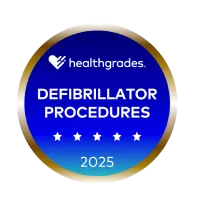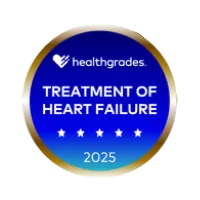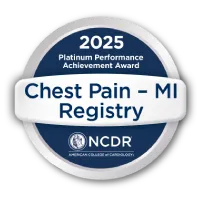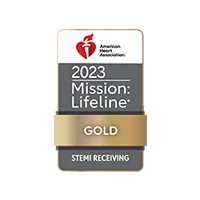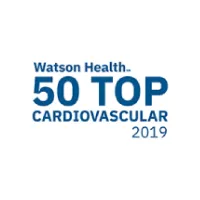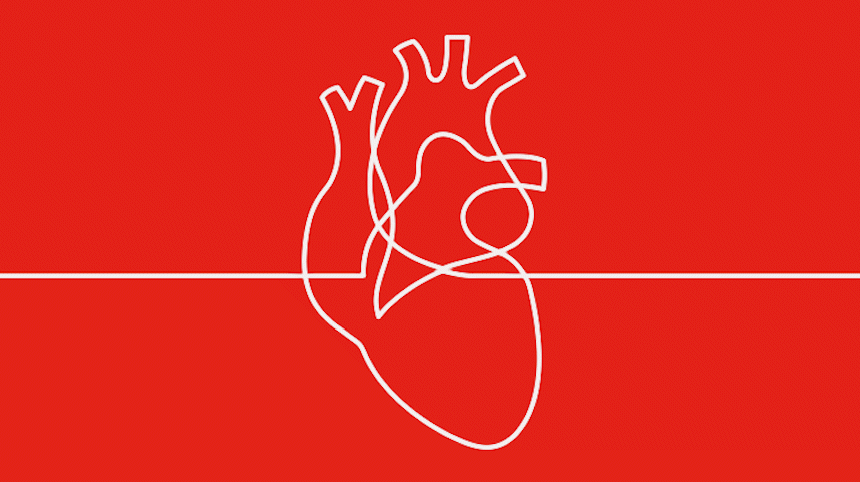More people trust their hearts to us than any other hospital in New York.* With doctors from Weill Cornell Medicine, we drive cardiac research and treat the full spectrum of heart conditions. We are one of the few centers in New York to use the latest robotic-assisted heart surgery technology, providing our patients with a level of unmatched, innovative care and precision.
When you come to NewYork-Presbyterian Queens for heart care, you can trust that you and your family will get the best available treatment in the region. We are the only hospital with a comprehensive heart program in the borough, as well as the only hospital to offer groundbreaking TAVR treatments and open heart surgery options here in Queens. Through our unique combination of cardiology, cardiac surgery, and vascular surgery, you can access a range of advanced cardiac therapies in one collaborative environment.
We're committed to bringing exceptional heart care to the community through our NewYork-Presbyterian Medical Group Queens network. At these convenient, outpatient locations across the borough, our doctors provide a full spectrum of invasive and non-invasive services for cardiovascular disease. We specialize in diagnostic procedures, cardiac imaging (including echocardiography, nuclear cardiology, and cardiac CT angiography), and interventional cardiology.
*Based on US News & World Report, 2023-2024 Top 50 Cardiology, Heart and Vascular Surgery rankings






